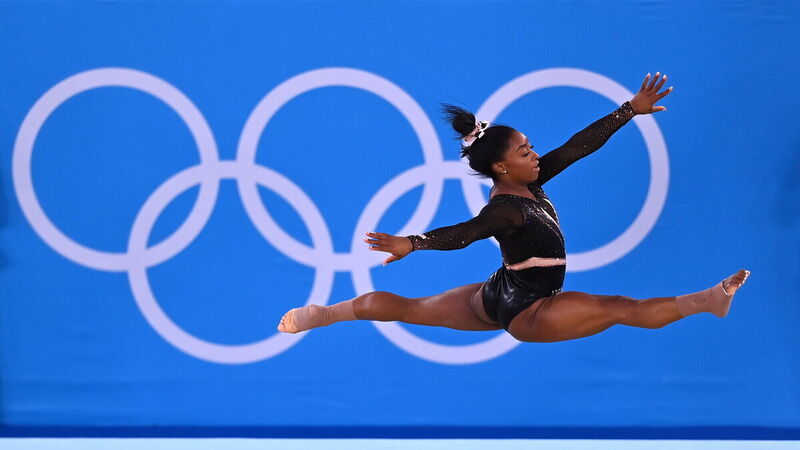Ed Coughlan: So, how do you peak for an Olympic Games?

Simone Biles of the United States during a training session at the Ariake Gymnastics Arena ahead of the Olympics.
Try from €1.50 / week
SUBSCRIBE
Simone Biles of the United States during a training session at the Ariake Gymnastics Arena ahead of the Olympics. Picture: Ramsey Cardy/Sportsfile
The fact that the Tokyo 2020 Olympics is taking place in 2021 tells us all we need to know about the level of disruption that has hit every aspect of these Games. For some, they should have been pushed back for another year. As the migration of thousands of people from so many different countries with such diverse interpretations of how to handle Covid-19 is seen as nothing short of misguided, for a sports event.
For others these next few weeks is the culmination of a life’s work, which under normal circumstances is enough to set the heart racing. However, the last year has seen additional duress of extensive quarantine camps and training in isolation for months.
Newsletter
Latest news from the world of sport, along with the best in opinion from our outstanding team of sports writers. and reporters
Newsletter
Latest news from the world of sport, along with the best in opinion from our outstanding team of sports writers. and reporters
Tuesday, November 18, 2025 - 2:00 PM
Tuesday, November 18, 2025 - 5:00 PM
Tuesday, November 18, 2025 - 2:00 PM
© Examiner Echo Group Limited